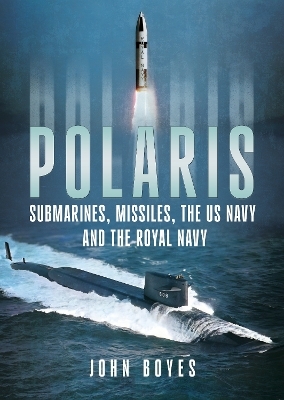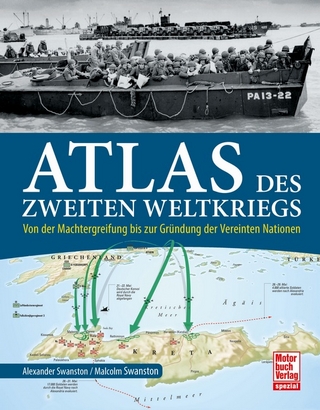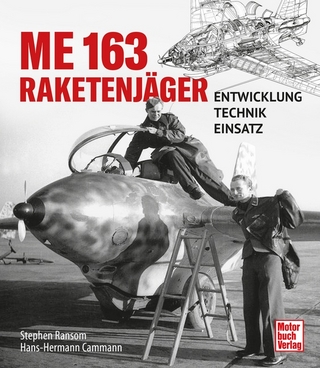
Polaris
Fonthill Media Ltd (Verlag)
978-1-78155-931-4 (ISBN)
- Noch nicht erschienen (ca. Oktober 2024)
- Versandkostenfrei innerhalb Deutschlands
- Auch auf Rechnung
- Verfügbarkeit in der Filiale vor Ort prüfen
- Artikel merken
The atom bombs dropped on Japan at the end of the Second World War opened the door to the nuclear age. Seeing the potential for developing nuclear energy for the US Navy, Capt. Hyman Rickover initiated a research programme that culminated in the launch of USS Nautilus, the world’s first nuclear-powered submarine. Meanwhile, ballistic missile technology was developing fast, but still relied on complex liquid fuels. The US Navy partnered with the army to develop a ballistic missile for both services, but withdrew when solid fuels became a practical proposition. Under the leadership of RADM William Raborn, the US Navy set up its own project: the Polaris weapon system. In 1960, the first missile-armed nuclear-powered submarine (SSBN) left on patrol, with forty more to follow in subsequent years. Two years later, when Britain’s Blue Streak and Skybolt plans were cancelled, Harold Macmillan and John F. Kennedy agreed for Polaris to be supplied to the Royal Navy.
John Boyes was born in Edinburgh in 1947. Educated at Rugby School, he qualified as a chartered accountant in 1972 and thereafter pursued a career in the motor industry until his retirement in 2005. He has had a lifelong interest in the history of missiles and published his first book on the topic, Project Emily: Thor IRBM and the RAF, in 2008. He is the treasurer of the Royal Air Force Historical Society and financial controller of the Bomber Command Association, responsible for the financial management of its memorial in London.
Acknowledgements; Glossary; Foreword One; Foreword Two; Introduction; 1 The Nuclear Age; 2 The V2. Operations, Prüfstand XII and BACKFIRE; 3 The US Navy experiments with missiles; 4 The Germans at White Sands; 5 Raborn’s Special Projects Office; 6 The US Submarines; 7 The Missile; 8 The Holy Loch Agreement; 9 The Poseidon Adventure; 10 The Human Element. Admiral Zumwalt and farewell to foreign bases; 11 The Royal Navy’s path to Polaris; 12 The Skybolt Crisis; 13 The Polaris Sales Agreement; 14 The Royal Navy’s Submarines; 15 The Clyde Bases; 16 Operational Problems; 17 Chevaline; 18 Shakespeare’s leisure companion to the young Prince Hal; 19 The Perils of the Sea; 20 Towards the End; 21Polaris and the Surface Fleet; Appendix I: The US Navy ’41 For Freedom’ and the Royal Navy SM10; Appendix II: Chevaline Launches; Appendix III: Profiles; Endnotes; Bibliography; Index.
| Erscheint lt. Verlag | 24.10.2024 |
|---|---|
| Zusatzinfo | 56 black and white and 17 colour illustrations, and 37 maps and plans |
| Verlagsort | Toadsmoor Road |
| Sprache | englisch |
| Maße | 156 x 234 mm |
| Gewicht | 730 g |
| Themenwelt | Natur / Technik ► Fahrzeuge / Flugzeuge / Schiffe ► Militärfahrzeuge / -flugzeuge / -schiffe |
| Geschichte ► Allgemeine Geschichte ► Zeitgeschichte | |
| Sozialwissenschaften ► Politik / Verwaltung | |
| ISBN-10 | 1-78155-931-7 / 1781559317 |
| ISBN-13 | 978-1-78155-931-4 / 9781781559314 |
| Zustand | Neuware |
| Haben Sie eine Frage zum Produkt? |
aus dem Bereich


